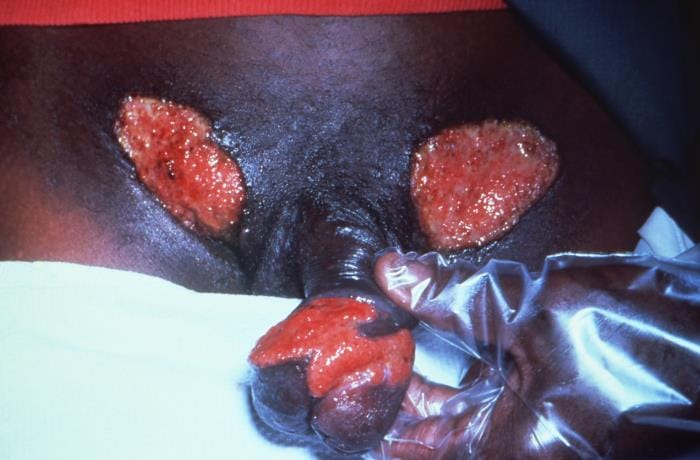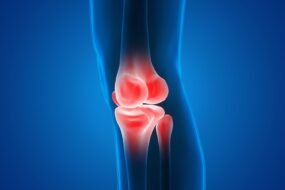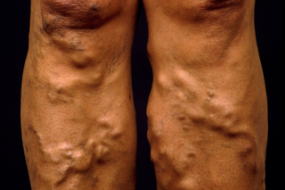
Granuloma inguinale is an anogenital granulomatous infection that is chronic, recurrent, and progressive. It is sexually transmitted.
Etiology
- Calymmatobacterium (Donovania) granulomatis – occurs intracellularly, with eight days to 12 weeks of incubation time.
Clinical features
- Insidious onset
- Pain, itching, burning, and discharge from the affected area
- The skin, mucous membranes, or perineal area are affected by lesions.
- Almost painless infiltrating nodules that slough to form a well-defined ulcer with a beefy red friable base of granulation tissue
Diagnosis
Microscopy is used to diagnose the condition using material from the ulcer’s borders or base or from histologic sections, which demonstrates that the cytoplasm of the large mononuclear cells contains small Gram-negative rods.
Complications
- Superinfection – forming a painful, purulent, and foul-smelling discharge that is difficult to treat.
- Superimposed malignancy – rare
Treatment
- Tetracycline – 500 mg orally QDS for one week & then 250 mg QDS for another two weeks OR
- Ampicillin – 2 g orally daily for two weeks












